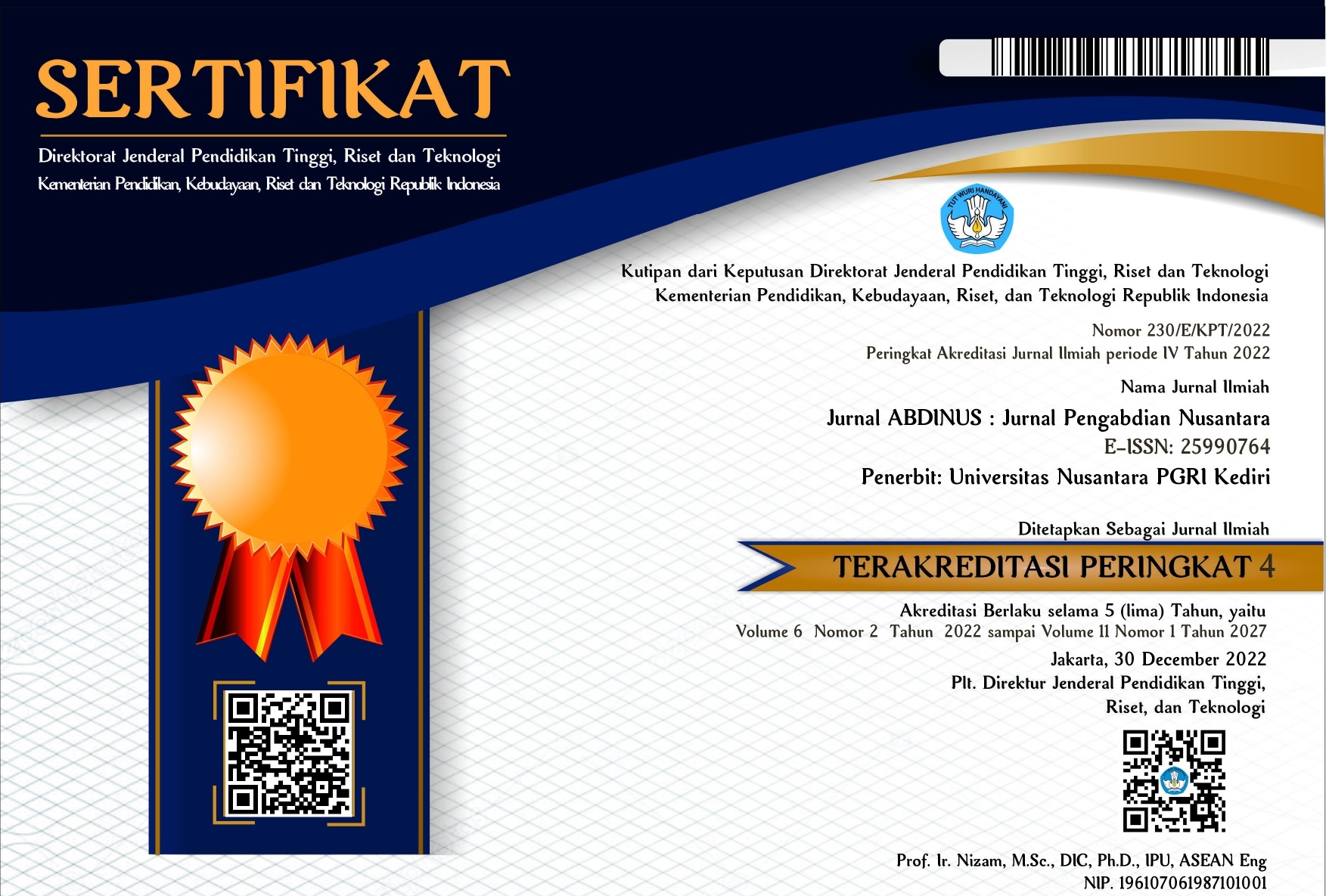Meningkatkan Nilai Produk Batik yang Ramah Lingkungan dengan Pewarnaan Menggunakan Sumber Daya Alam Tumbuhan
DOI:
https://doi.org/10.29407/ja.v8i1.21336Keywords:
Batik waste, Natural colors, Green productAbstract
Synthetic dyes used in the textile industry, including batik dyeing, can cause environmental pollution if not managed properly. Some of the negative impacts that can arise from batik waste resulting from the use of synthetic dyes include water pollution, air pollution, soil pollution, and the health of workers. The redevelopment of interest in natural colored batik reflects a larger trend in the shift towards more sustainable (green product) consumption, ethical and cultural. This shows that many consumers today pay more attention to these aspects when choosing their clothing products, and this can provide opportunities for natural color batik producers to grow and develop. Natural dyes give batik an extra touch, giving it a unique character and aesthetic that is different from batik produced with chemical dyes. Apart from that, using natural dyes is also more environmentally friendly and sustainable. Natural colored batik is often the choice for those who value tradition and sustainability in textile arts.
Downloads
References
Clean Batik Initiative (CBI). (2013). Laporan Pencapaian Tahun 2011-2012 Tahun Kedua. Jakarta: EU Switch-Asia Program.
Liu, J., Li, W., Kang, X., Zhao, F., He, M., She, Y., Zhou, Y., (2021). Profiling by HPLC-DAD-MSD reveals a 2500 – years history of the use of natural dyes in Northwest. Dyes Pigment 187. https://doi.org/10.1016/j.dyepig.2021.109143
Nekmahmud, M., Ramkissoon, H., Fekete-Farkas, M., (2022). Green purchase and sustainable consumption: a comparative study between European and non-European tourists. Tour. Manag. Perspect. 43, 100980 https://doi.org/10.1016/j.tmp.2022.100980.
Sutrisna, P.D., Hadi, R.P., Valentina, J.J., Priyantini, H.R., Waluyo, P.W., Ronyastra, I.M., (2020). Natural dyes extraction intended for coloring process in fashion indutries. IOP Conf. Ser. Mater. Sci. Eng. 833 (1). https://doi.org/10.1088/1757-899X/833/1/012093.
Zahid, M.M., Ali, B., Ahmad, M.S., Thurasamy, R., Amin, N., (2018). Factors affecting purchase intention and social media publicity of green products: the mediating role of concern for consequences. Corp. Soc. Responsib. Environ. Manag. 25, 225–236. http://dx.doi.org/10.1002/csr.1450















